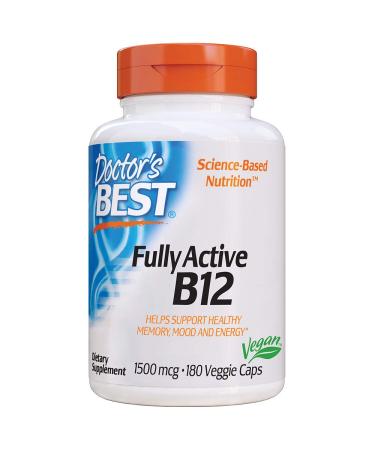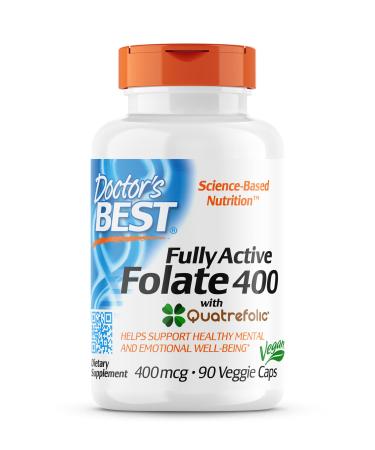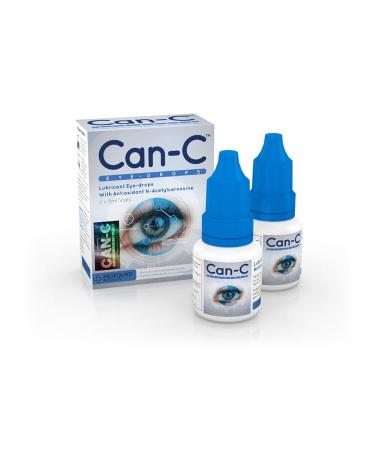The fastest way to break down gluten appears to be to cleave its peptide bonds both internally and externally. Most of the current gluten aids on the market today that rely only on the DPPIV enzyme, however Glutalytic contains both endopeptidases and exopeptidases. This causes the correct endopeptidase cleavage pattern near the long chain amino acids that need to be hydrolyzed by the exopeptidase, producing rapid degradation of gluten. Glutalytic demonstrates a superior ability to quickly break down gluten and while traveling through the stomach and upper duodenum under physiological conditions.8
Glutalytic helps break down large unhydrolyzed gluten peptides to amino acids that can be absorbed and used by the body. Gliadin, the major immune eliciting protein fraction in gluten, can be degraded down from gram to milligram quantities by the time it reaches the small intestine.
Clinical Studies - A double-blind, randomized, placebo controlled study was performed to measure the effectiveness of Glutalytic on the reduction of symptoms encountered upon the consumption of gluten. Participants were fed a normal diet while being treated with either Glutalytic or placebo. After a week of treatment participants were given a modified version of the Internal Review Board approved Celiac disease-specific symptom index, the questionnaire was modified to account for non-celiac gluten sensitivity. The highest frequency of symptoms occurred prior to the clinical, then there was a slight placebo effect vs. the initial results and compared to the Glutalytic results. When Glutalytic was administered, the participants exhibited the least amount of symptoms. Overall the dietary supplement reduced many of the symptoms believed to be caused by gluten sensitivity including: pain in the abdominal area, rumbling of the tummy, feeling bloated, trouble emptying bowels, hunger pains, lower energy levels, headaches and food cravings. The authors of the study determined Glutalytic was effective in reducing the frequency and severity of the symptoms associated with gluten sensitivity.6
Scientific References:
1. Verdu EF, Armstrong D, Murray JA. Between celiac disease and irritable bowel syndrome: the "no man's land" of gluten sensitivity. Am J Gastroenterol. 2009;104(6):1587-94.
2. Volta U, De giorgio R. New understanding of gluten sensitivity. Nat Rev Gastroenterol Hepatol. 2012;9(5):295-9.
3. Ciccocioppo R, Di sabatino A, Corazza GR. The immune recognition of gluten in coeliac disease. Clin Exp Immunol. 2005;140(3):408-16.
4. Sapone A, Bai JC, Ciacci C, et al. Spectrum of gluten-related disorders: consensus on new nomenclature and classification. BMC Med. 2012;10:13.
5. Cornell HJ, Macrae FA, Melny J, et al. Enzyme therapy for management of coeliac disease. Scand J Gastroenterol. 2005;40(11):1304-12.
6. King C, Hudson M, Healey A, Deaton J. Glutalytic clinical trial for normal consumption of gluten containing foods. Kennesaw State University, Kennesaw, GA.
7. Shan L, Molberg Ø, Parrot I, et al. Structural basis for gluten intolerance in celiac sprue. Science. 2002;297(5590):2275-9.
8. Glutalytic testing. Kennesaw State University, Kennesaw, GA.




















